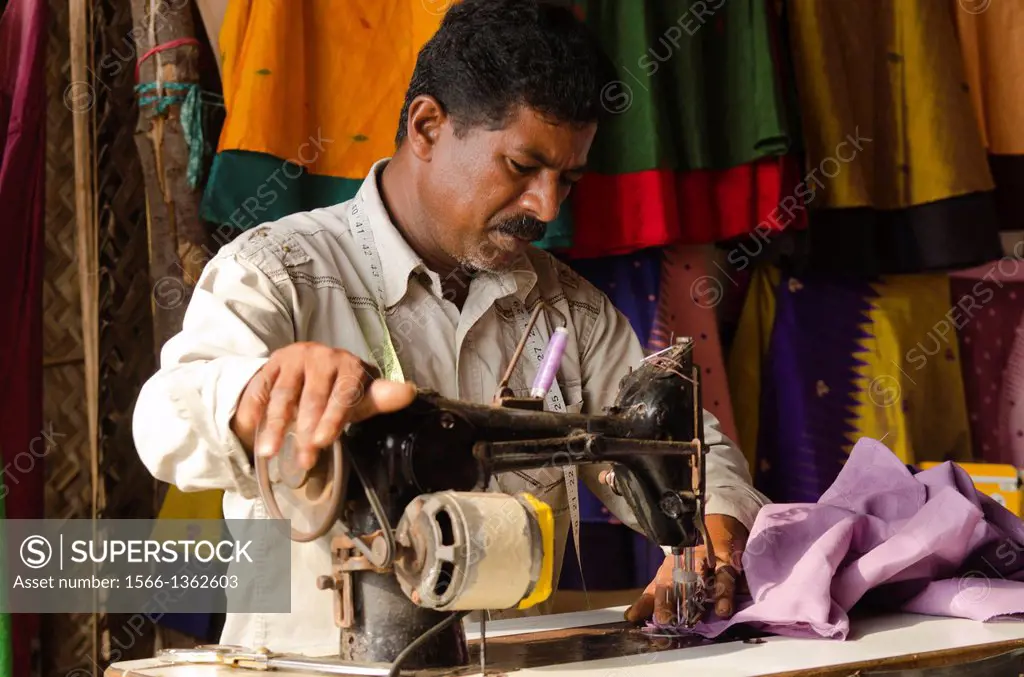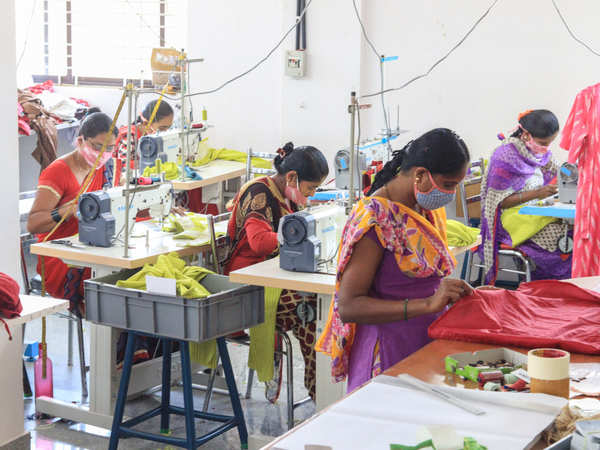Tailor Perth Excellence: Where High Quality Satisfies Personalized Tailoring
Tailor Perth Excellence: Where High Quality Satisfies Personalized Tailoring
Blog Article
Understanding the Tailoring Refine: From Fabric Choice to Last Fitting for the Ideal Wardrobe
The tailoring process is a complicated interplay of art and scientific research, starting with the important choice of fabric choice and finishing in the specific adjustments of last fittings. Each fabric type brings distinct high qualities that influence not only the visual charm however additionally the garment's longevity and suitability for various occasions. Understanding the nuances of customizing techniques can elevate one's closet to extraordinary levels of elegance. As we discover these aspects even more, one need to take into consideration how also the tiniest details can dramatically influence the total outcome of one's individual design.
Value of Fabric Option
Choosing the ideal textile is critical in the tailoring procedure, as it directly affects the comfort, toughness, and overall aesthetic of the final garment (tailor perth). The selection of material sets the foundation for the garment's performance, functionality, and style. Various fabrics possess one-of-a-kind residential or commercial properties, such as breathability, weight, and stretch, which can considerably influence how the garment drapes and fits the body
Moreover, textile choice impacts the garment's long life and simplicity of treatment. High-quality textiles can endure wear and tear, keeping their appearance and structure in time, while lower-quality materials may result in pilling or fading. Furthermore, the ideal material adds to the garment's ability to transition across events and seasons, consequently enhancing versatility.
A tailored piece made from a suitable material not only showcases workmanship yet additionally raises the wearer's confidence. Consequently, understanding the subtleties of material option is critical for any kind of customizing endeavor. It makes sure that the end product not only meets the visual desires of the client but also straightens with useful needs, thus achieving a harmonious equilibrium between form and feature in the tailored wardrobe.
Types of Fabrics and Their Usages
Comprehending the various kinds of textiles available is essential for making informed choices during the tailoring process. Each material possesses one-of-a-kind features that dictate its viability for specific garments and events.
Its versatility enables it to be customized right into whatever from shirts to outfits. Its natural flexibility assists garments maintain shape over time.
Silk exhibits deluxe and is lightweight, making it excellent for eveningwear and fragile blouses; nevertheless, it requires mindful handling because of its delicacy. Linen, with its distinctive coating, is a prominent selection for warm environments, giving a ventilated and crisp feeling, but it wrinkles conveniently, which may impact the garment's appearance.
Artificial materials, such as polyester and nylon, deal sturdiness and resistance to wrinkles, making them appropriate for day-to-day wear and active clothing. Recognizing these textile types and their residential properties enables far better decision-making, ensuring that each customized piece not just fits well however additionally straightens with the designated objective and celebration.
The Tailoring Strategies Explained
The art of customizing relies upon a variety of strategies that change fabric right into well-fitted garments. Central to this procedure is pattern composing, where a dressmaker develops layouts based upon the customer's dimensions and desired design. This preliminary action makes certain that the garment will fit the wearer properly prior to any type of cutting happens.
Once patterns are developed, reducing strategies enter into play. Accuracy is paramount as errors can cause misfitting garments. Tailors usually utilize different cutting techniques, such as single-layer cutting for intricate styles and multiple-layer cutting for performance on standard patterns.
Basting is another crucial strategy, permitting dressmakers to temporarily stitch material items together for an initial installation. This approach uses the possibility to assess the drape and overall shape before final stitching.
Seaming strategies, including french joints and flat-felled joints, improve the garment's durability and aesthetic appeal. Tailors likewise utilize techniques such as interfacing and padding to supply framework and shape to specific locations, like collars and shoulders.
Lastly, completing methods, consisting of hemming and side ending up, guarantee the garment's durability while giving a polished look. Together, these methods create the foundation of effective tailoring, resulting in exquisite, tailor-made garments.
Fitting Adjustments and Considerations

Key factors to consider consist of the shoulder fit, which needs to neither droop neither limit activity, and the sleeve size, which should enable comfortable arm movement while maintaining a refined look. Additionally, changes at the waistline can fine-tune the shape, with alternatives to allow out or absorb textile as required.
The surge of pants is an additional critical aspect; it needs to sit easily over the hips without triggering pain, enabling for convenience of activity. Hemming sizes for both trousers and skirts need to mirror the user's recommended design while respecting proportions.

Maintaining Your Tailored Garments
Correct maintenance of tailored garments is important to protecting their fit and look in time. To ensure longevity, routine cleansing is paramount. Constantly follow the treatment tag directions, which might advise completely dry cleansing for fragile textiles or maker cleaning for even more resilient materials. Prevent frequent laundering, as this can put on down the textile and modify the garment's shape.
Storage is similarly important; usage why not look here cushioned wall mounts for coats and coats to maintain shoulder framework, and store trousers folded neatly or hung to avoid creasing. Secure garments from direct sunshine, which can fade shades and damages fibers.
Furthermore, periodic evaluations for minor fixings can avoid bigger problems. Look for loose buttons, tearing joints, or indicators of moth damage, attending to these problems promptly to preserve the garment's honesty.
Finally, consider seasonal rotation. Using customized pieces find this in small amounts permits fabrics to recover, prolonging their lifespan. By carrying out these upkeep approaches, you can ensure that your tailored garments continue to be as excellent as the day you first used them, boosting your excellent wardrobe for years to find.
Final Thought
The tailoring procedure, incorporating material selection, proficient strategies, and precise fitting modifications, plays an essential duty in creating garments that improve both comfort and style. Each stage adds to the total performance of the end product, guaranteeing that garments not just fits well but likewise reflects individual identity. In addition, recognizing the significance of upkeep prolongs the life of tailored garments, strengthening their value in a well-curated wardrobe. A thorough technique to tailoring finishes in a certain and polished look.
Picking the best textile is vital in the customizing process, as it directly affects the convenience, longevity, and general aesthetic of the final garment. The selection of textile establishes the foundation for the garment's efficiency, style, and performance. Different textiles possess distinct properties, such as weight, stretch, and breathability, which can substantially impact how the garment drapes and fits the body.
The art of customizing counts on a variety of strategies that change material right into well-fitted garments.The tailoring process, including material selection, knowledgeable techniques, and specific fitting modifications, plays an essential duty in developing garments that boost both convenience and design.
Report this page